(NLDO) - A catastrophic event almost broke the evolutionary path of life on Earth.
An international study led by the University of Southampton (UK) discovered that the disastrous interaction between the oceans and continents once created a giant "hell" right on Earth, almost depriving many current species of the chance to arise.
That happened about 185-85 million years ago.
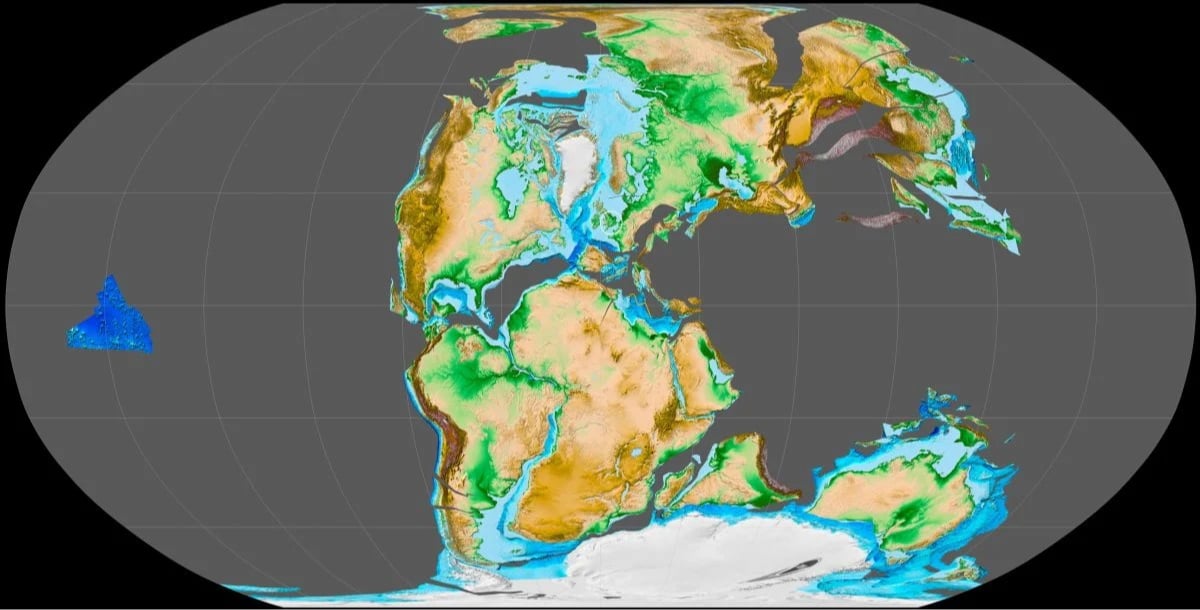
Mesozoic world map, when the Earth's land was divided into two supercontinents - Photo: SOUTHAMPTON UNIVERSITY
According to the article published in the journal Nature Geoscience is a monthly peer-reviewed scientific journal published by the Nature Publishing Group that covers all aspects of the Earth sciences, including theoretical research, modeling, and fieldwork. Other related work is also published in fields that include atmospheric sciences, geology, geophysics, climatology, oceanography, paleontology, and space science. It was established in January 2008.
" data-gt-translate-attributes="[{" attribute="" tabindex="0" role="link">Nature Geoscience, it was not a single event that lasted 100 million years from the Jurassic to the Cretaceous, but a series of events, one after another.
Nature Geoscience is a monthly peer-reviewed scientific journal published by the Nature Publishing Group that covers all aspects of the Earth sciences, including theoretical research, modeling, and fieldwork. Other related work is also published in fields that include atmospheric sciences, geology, geophysics, climatology, oceanography, paleontology, and space science. It was established in January 2008.
" data-gt-translate-attributes="[{" attribute="" tabindex="0" role="link">In each event, the amount of dissolved oxygen in the global ocean suddenly and dramatically drops, turning the waters that once nurtured life into giant infernos.
Nature Geoscience is a monthly peer-reviewed scientific journal published by the Nature Publishing Group that covers all aspects of the Earth sciences, including theoretical research, modeling, and fieldwork. Other related work is also published in fields that include atmospheric sciences, geology, geophysics, climatology, oceanography, paleontology, and space science. It was established in January 2008.
" data-gt-translate-attributes="[{" attribute="" tabindex="0" role="link">Many marine creatures were massacred in this suffocating "ocean hell". But they weren't the only ones.
“Ocean hypoxia events are like pressing the reset button on the planet’s ecosystems,” explains lead author Tom Gernon, professor of Earth Sciences at the University of Southampton.
If we are less fortunate, events of this type are enough to break the evolutionary path of Earth's creatures, creating a real apocalypse or at least making it impossible for most of today's creatures to survive.
The question is what was it that was trying to press that dangerous "reset" button.
This group of authors from England - Australia - Netherlands - Canada - America discovered that they were continents.
The team combined statistical analysis and complex computer modeling to explore how chemical cycles in the ocean might have responded to the breakup of the southern supercontinent Gondwana.
During that period, Gondwana was teeming with dinosaurs, while the northern supercontinent Lausaria was much more deserted.
The Mesozoic Era - spanning the Triassic, Jurassic and Cretaceous periods - saw the breakup of Gondwana.
But in the period from the late Jurassic to the mid-Cretaceous, the disintegration became more severe.
This causes intense volcanic activity around the world.
As tectonic plates shifted and new seafloors formed, large amounts of phosphorus—an essential nutrient for life—were released from weathering volcanic rocks into the ocean.
“But importantly, we found evidence of multiple episodes of chemical weathering on both the seafloor and the continents, alternating with disruption of the oceans,” the authors said.
The same factors that started life are once again causing ocean life to explode in excess.
The increase in biological activity has resulted in large amounts of organic material sinking to the ocean floor, where it consumes large amounts of oxygen.
And the result is an ocean that is over-injected with elements that are conducive to life, but also deprived of the one thing life needs to survive: oxygen. It becomes an over-fertilized, uninhabitable wasteland, a veritable hellscape.
Eventually, this process causes stretches of ocean to become anoxic, or depleted of oxygen, creating dead zones where most marine life perishes.
Hypoxic events typically last about 1-2 million years and have profound impacts on marine ecosystems, the traces of which are even felt today.
Life on Earth is so closely linked that it is certain that terrestrial ecosystems will also be greatly affected.
Yet the Earth has once again demonstrated its resilience after extinction events: One dies, another comes along and fills the ecological niches.
This may even have triggered evolutionary leaps and resulted in the abundance of species today.
Source: https://nld.com.vn/tiet-lo-soc-ve-dia-nguc-suyt-khien-trai-dat-bien-doi-mai-mai-196240903112338613.htm


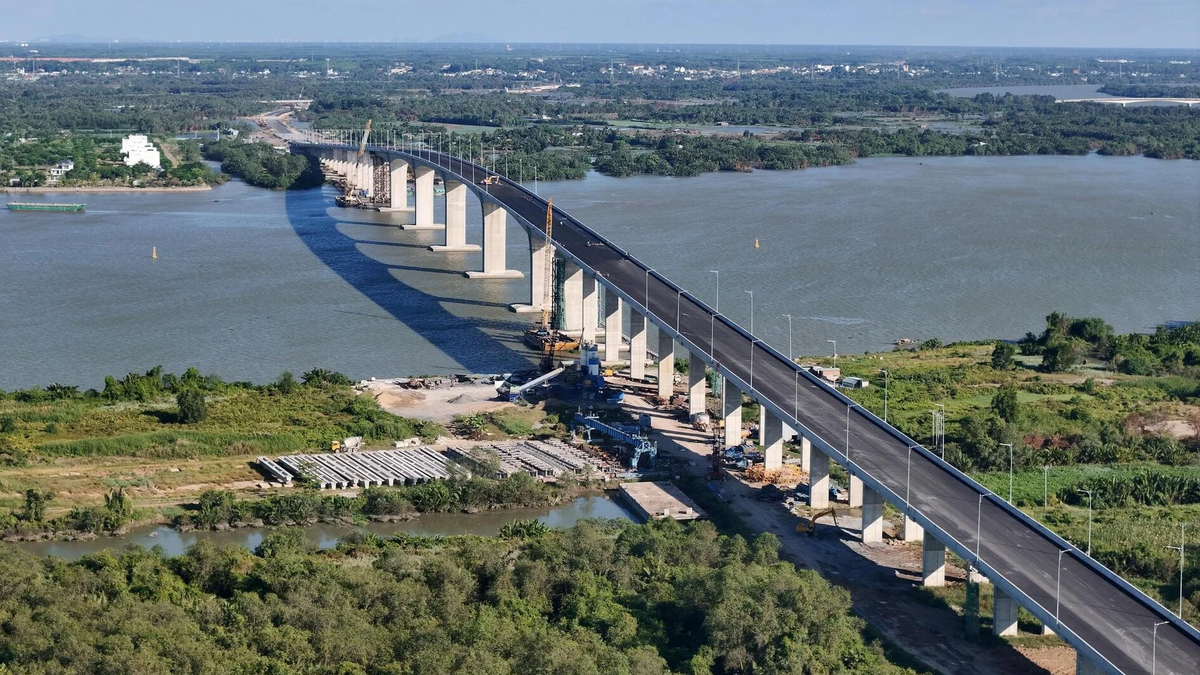
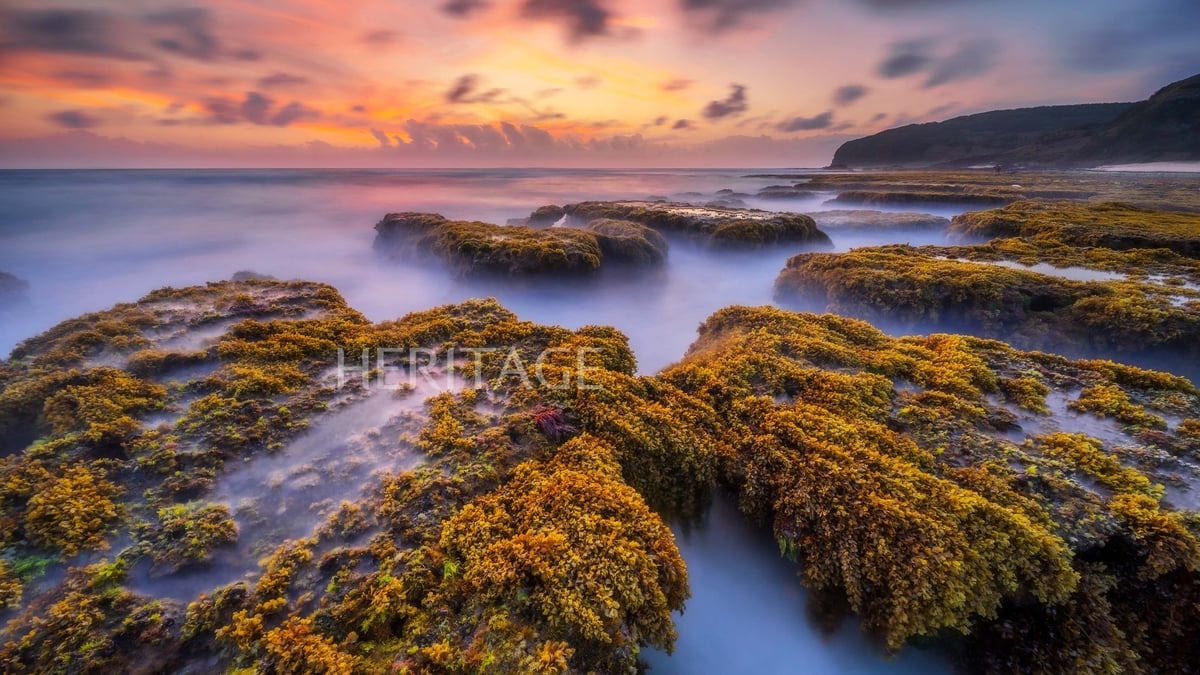

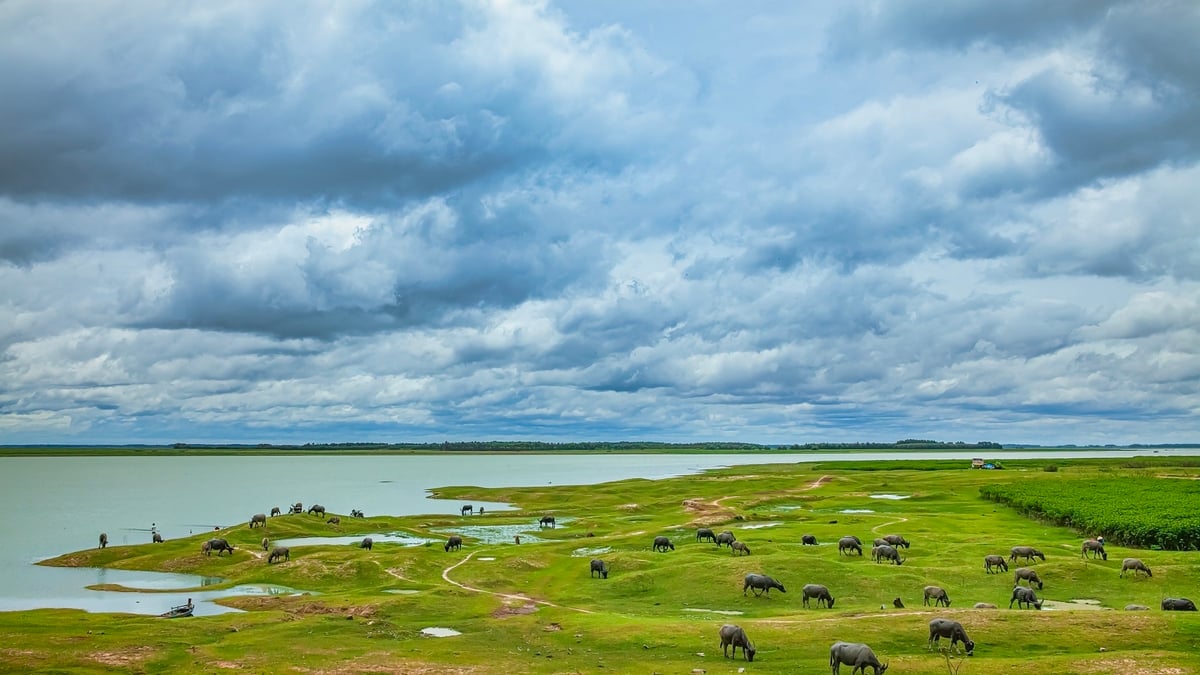
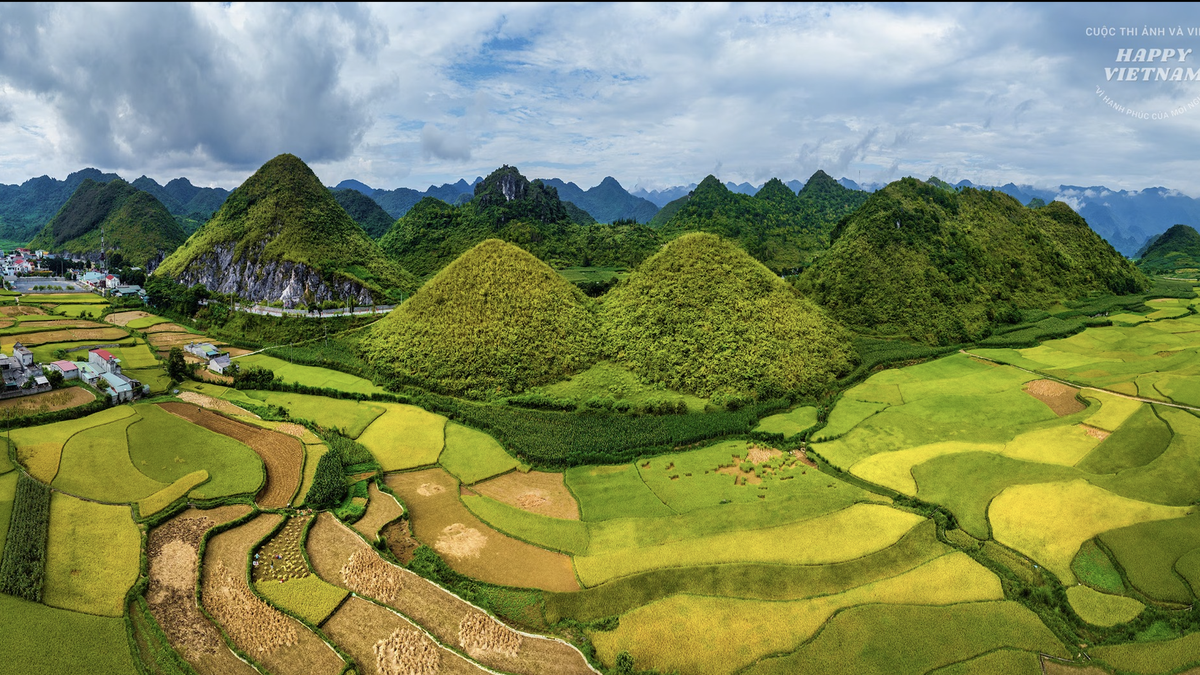
![[Photo] Prime Minister Pham Minh Chinh chairs conference on anti-smuggling, trade fraud, and counterfeit goods](https://vphoto.vietnam.vn/thumb/1200x675/vietnam/resource/IMAGE/2025/5/14/6cd67667e99e4248b7d4f587fd21e37c)


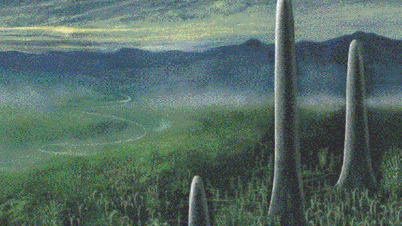
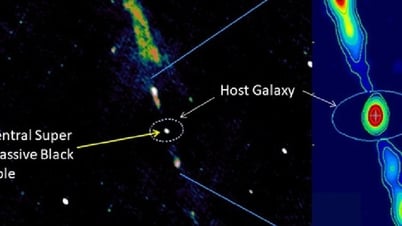











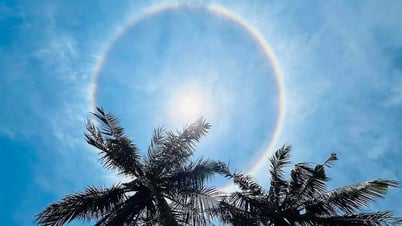







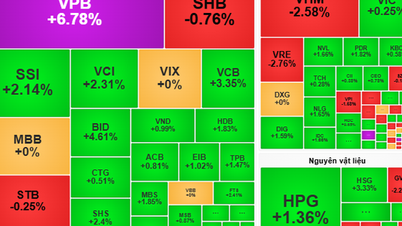







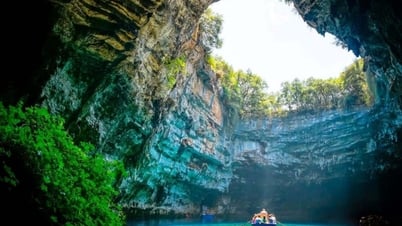

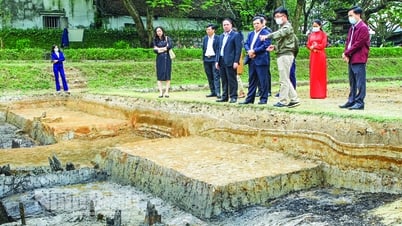













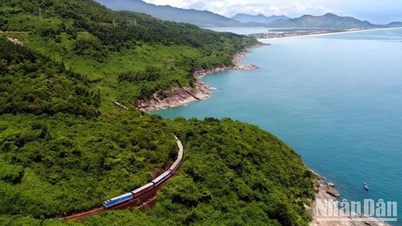



























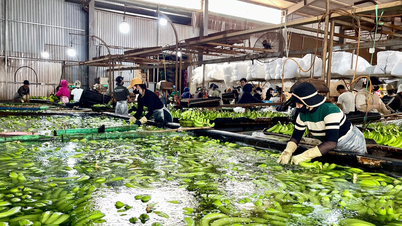
















Comment (0)